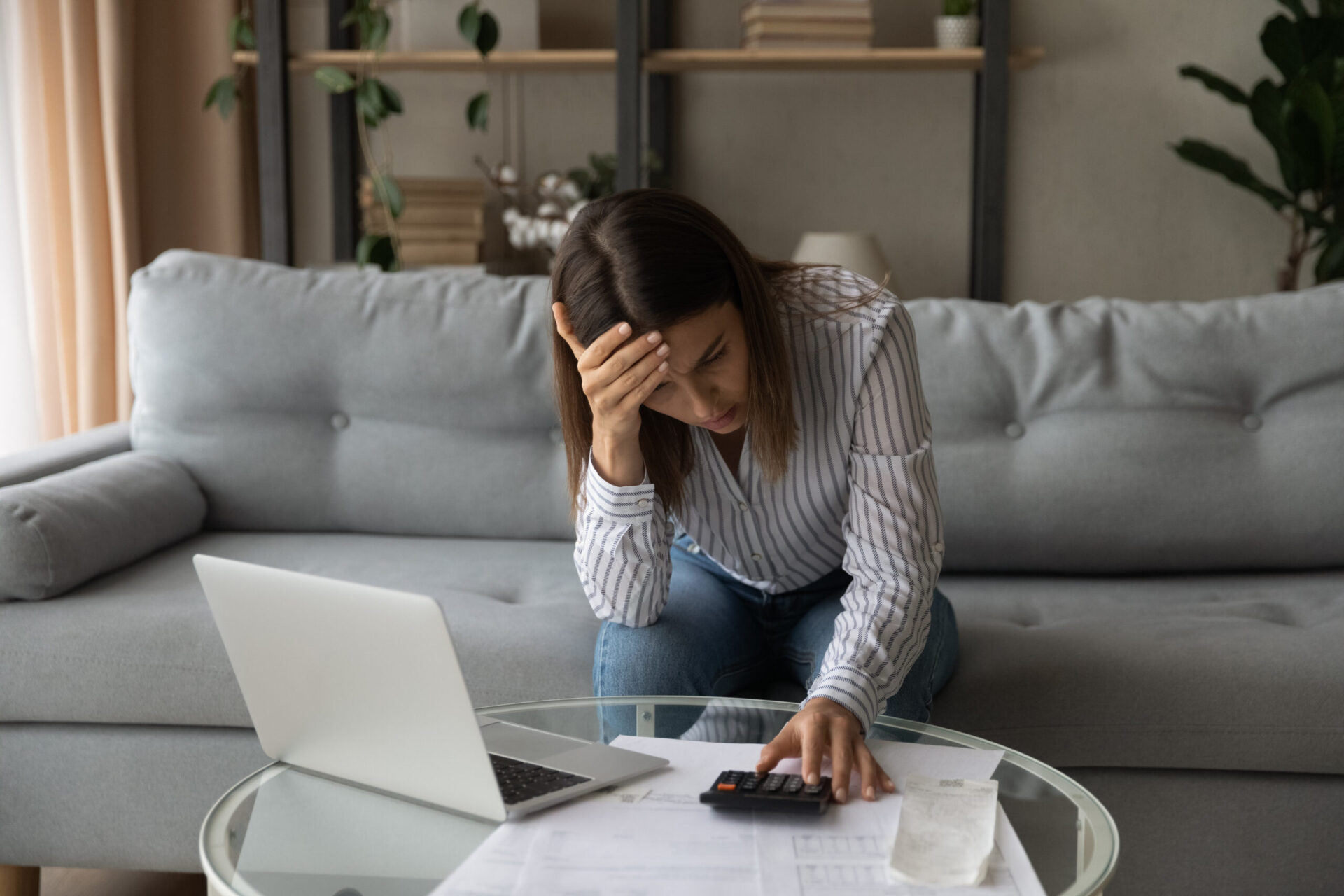Women have been disproportionately impacted by the pandemic, but none more so than single women. After Covid-19 ravaged their work and home lives, almost 60% of single female heads of household (SFHOH) now say they don’t see homeownership in their futures, a Freddie Mac survey found.
“The COVID-19 pandemic has had disparate economic impacts nationwide, particularly on women who are heads of their households, such as single moms and caretakers,” said Pam Perry, Single-Family Vice President of Equitable Housing.
“In this survey, we discovered this population’s housing and financial challenges have been further complicated by pandemic-related workplace disruptions and current economic conditions. While the survey showed some feel confident in their knowledge of finances and building credit, many lack confidence in the possibility of homeownership.”
Of 2,000 respondents, 80% reported not having enough savings for a downpayment or closing costs, while 75% think a mortgage is more expensive than their rent, or they don’t make enough to afford a mortgage.
Covid-19 has exacerbated challenges working single women already faced. Before the pandemic, 46% of working women were engaged in low-wage jobs, with median earnings of $10.93, according to the left-leaning Brookings Institution.
Unsurprisingly, women have 26% less money in savings than men. Men’s average net worth is about $12,188, while women’s is $5,541. This is despite the fact that women and men carry about the same amount of debt, both for student and personal loans.
Enter Covid-19. The service and retail industries, which were hugely affected by the pandemic, overwhelmingly employ women. When the pandemic hit many lost their jobs, and many who didn’t left them anyway. Half of women who left their jobs cited safety or school closures as their primary reason. One in four working women are mothers, and 17% rely on childcare and school to care for their children while they work.
For many single women with responsibilities at home, working was not an option during the pandemic. 2.7 million women left the workforce between March and September 2020, compared with 1.7 million men. For most, that remains true: 75% of women who left their jobs due to Covid-19 still have not returned to the workforce.
But 43% of women reported their expenses stayed the same despite their loss of income, according to an Experian survey. Of female respondents, 24% reported having less savings, and 17% reported having more debt.
Plus, the Freddie Mac report found that more than half of SFHOH renters are “cost burdened” by their housing expenses. Fifty-seven percent of Hispanic and Black respondents did not make enough to cover the basics or were living paycheck to paycheck, and 47% of White SFHOH renters reported the same.
Even among women who continued working, the pandemic created struggles that are difficult to overcome. Lean In and McKinsey’s Women in the Workplace report found that 42% of women say they “often or almost always” feel burned out in 2021, compared to 32% in 2020. Burnout in men rose only slightly in the same period, from 28% to 32%.
Burnout has been shown to be correlated to a lack of optimism, which may explain why women whose economic and professional lives have been upended by Covid-19 don’t see homeownership in their futures.
